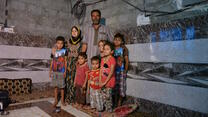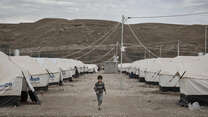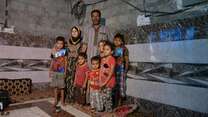Starting in January 2014, ISIS took over large areas of Anbar and Ninewa governorates, as well as areas of Kirkuk and elsewhere. Operations to clear these areas from ISIS control and prepare for an advance on Mosul – a city 400 km north of Baghdad currently under ISIS control – have been occurring since 2015. On 17 October 2016, Iraqi Prime Minister Haider al Abadi announced that military operations to re-take Mosul from ISIS had commenced.
It is predicted that 200,000 people will flee in the first weeks of the operation and approximately one million people could be displaced if there is no siege scenario. This is against the backdrop of the fact that ten million people – one third of Iraq’s population – including 3.2 million Internally Displaced Persons (IDPs) are in need of humanitarian aid.
Existing and planned camps will not have the capacity to host this population. Formal UNHCR or Iraqi government camps are likely to shelter only 200,000 to 400,000 (25 to 55 per cent of those in need in Mosul). The rest will have to find shelter elsewhere, including unfinished buildings, schools and mosques. Even those in official camps may be without enough food, water, or blankets, as the International Rescue Committee (IRC) witnessed in Fallujah. Humanitarian actors are in a race against time to ensure critical support is in place.
Urgent action is needed in the following areas:
- Out of camp, longer term and sustainable shelter options for displaced people;
- Safe routes for civilians to use, and better support for their right to freely move once displaced;
- Civilian protection focused security and screening practices;
- Flexible long-term funding for the humanitarian response and better engagement with local NGOs.



